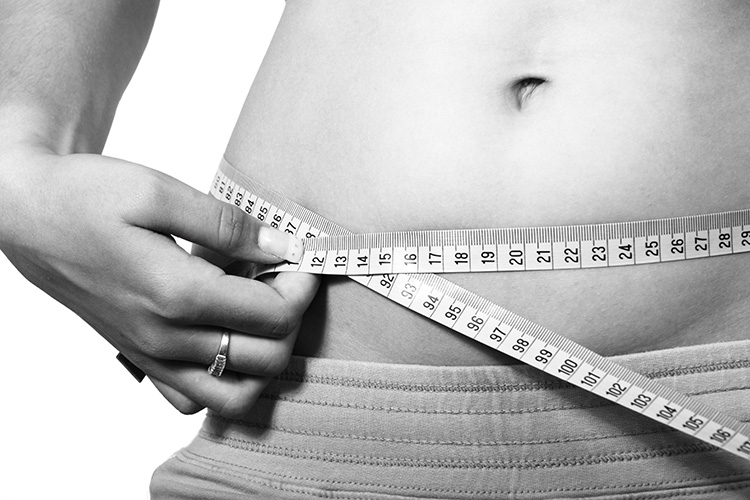Your individual anatomy and personal preferences will determine the technique selected to smooth and flatten your abdomen. If an abdominal bulge or hernia is present, this is also routinely repaired in a standard abdominoplasty. The following are the different types that may be discussed.
- Standard Abdominoplasty
The majority of patients seeking abdominoplasty will require a standard technique. A horizontal incision is made in the lower abdominal crease above the pubic hair, similar to a C-section incision but longer. The length of the incision depends on the amount of skin to be removed and whether liposuction will be added to the procedure. The final scar is designed to fall within underwear and swimming costume lines and can be tailored to suit your body. The procedure separates the skin and fat from the underlying muscle layer. The abdominal wall is sutured in the midline to repair the muscles and put them back to their original position from your breastbone to the pubic bone. Excess skin and fat is removed from the abdomen removing stretch marks that lie between the belly button and pubis and the remaining abdominal skin is re-draped and pulled taut over the tightened muscles before an incision is made to re-create the belly button through. Standard abdominoplasty is the gold standard for abdominal body contouring and achieves all the goals of a tummy tuck.
- Mini-Abdominoplasty
Mini-abdominoplasty concentrates on the lower abdominal area below the belly button. It removes excess skin and fat from this area and upper abdominal skin, fat or bulge are not addressed. The scar is typically the same or slightly shorter than a standard abdominoplasty and as the belly button is not relocated there is no scar around it. Mini-abdominoplasty is suitable for those with a small amount of excess in the lower abdomen. Most women seeking rejuvenation of their tummies after pregnancy will require a traditional tummy tuck to ensure the best aesthetic results.
- Vertical Abdominoplasty
Patients requesting abdominoplasty following massive weight loss often require a vertical abdominoplasty to addresses the excess skin in both a horizontal and a vertical direction. In addition to the lower abdominal horizontal incision, there is also a vertical scar that extends up from the horizontal scar to above the belly button. The skin is tightened and re-draped to improve the contour both anteriorly and at the side of the abdomen.
- Lower Total Body Lift
Occasionally after massive weight loss the entire torso requires removal of excess skin and fat in order to achieve the desired contour. In these cases a lower body lift is recommended. The resulting scar is circumferential. In patients requiring this type of procedure the risk of complications such as delayed wound healing, wound breakdown and seroma is higher.
